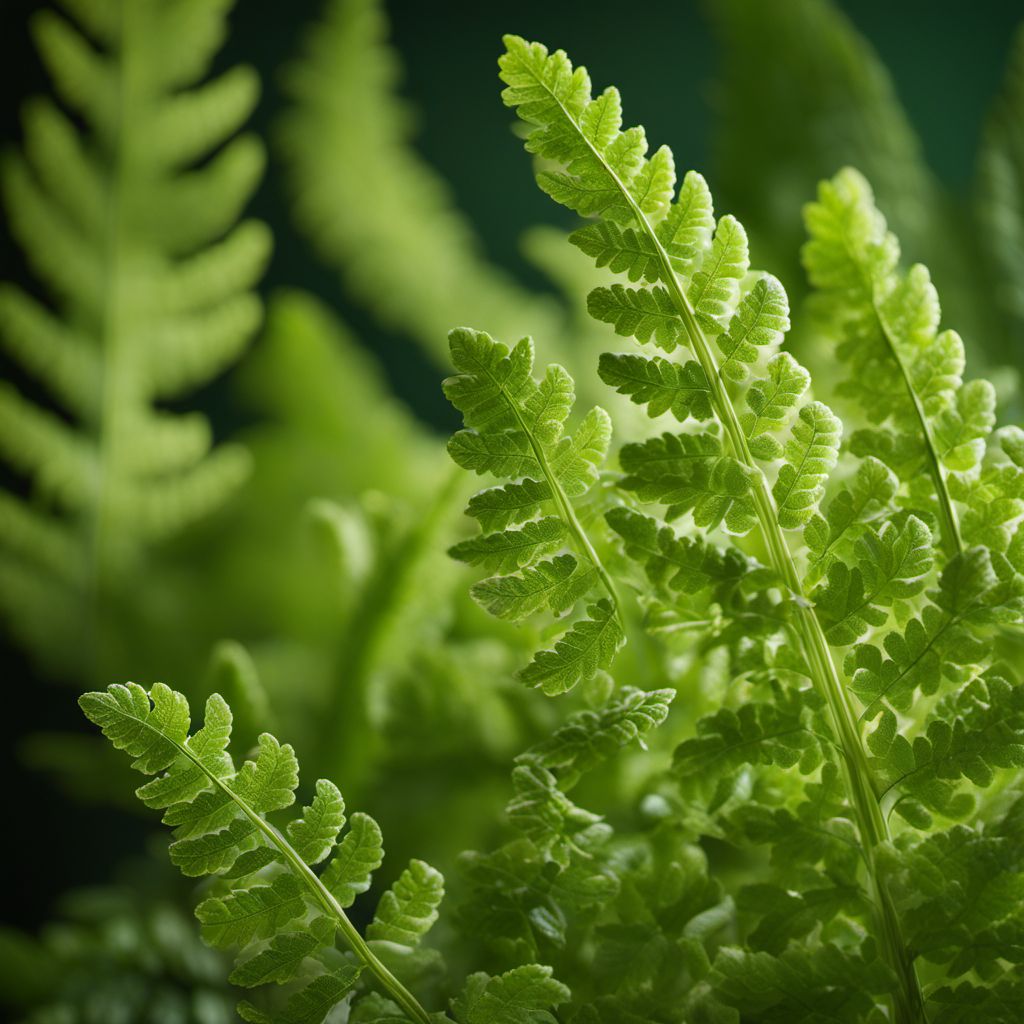
Ingredient
Fern group
"The Verdant Delicacy: Exploring the World of Fern Group"
The fern group encompasses a wide range of edible plants, including fiddleheads, bracken, and ostrich ferns. These plants are characterized by their vibrant green color, delicate fronds, and curled shoots. Fiddleheads, for example, are young, tightly coiled fern fronds that have a crisp texture and a slightly nutty flavor. Bracken ferns, on the other hand, have a more pronounced earthy taste and a tender texture. Ostrich ferns offer a delicate, grassy flavor with a hint of bitterness. Overall, ferns provide a refreshing and unique addition to various dishes, adding both visual appeal and a touch of nature's freshness.
Origins and history
Ferns have a long history of culinary use, dating back centuries. They have been consumed by indigenous cultures in various parts of the world, including Asia, Europe, and North America. In Japan, fiddleheads are a popular ingredient in traditional dishes such as tempura and pickles. In North America, Native American tribes have been harvesting and consuming ferns for generations. Ferns have also been used in European cuisines, particularly in countries like France and Italy, where they are often incorporated into salads, soups, and pasta dishes.
Nutritional information
Ferns are a good source of vitamins A and C, as well as minerals such as potassium and manganese. They are also low in calories and fat, making them a healthy addition to a balanced diet.
Allergens
Some individuals may be allergic to ferns, particularly bracken ferns. It is important to exercise caution and consult with a healthcare professional if you have any known allergies or sensitivities.
How to select
When selecting ferns, look for tightly coiled fiddleheads or fresh, vibrant fronds. Avoid ferns that appear wilted, discolored, or have any signs of damage. It is also advisable to purchase ferns from reputable sources to ensure their quality and safety.
Storage recommendations
To maintain the freshness of ferns, store them in a plastic bag or container in the refrigerator. They are best consumed within a few days of purchase, but can be kept for up to a week if properly stored.
How to produce
Ferns can be grown in home gardens or indoor pots. They require a shady or partially shaded area with moist, well-drained soil. It is important to research the specific requirements of the fern variety you wish to grow and provide adequate care, including regular watering and protection from extreme temperatures.
Preparation tips
Before using ferns, it is important to thoroughly wash them to remove any dirt or debris. Trim off any tough or woody parts, and blanch them briefly in boiling water to soften their texture. Ferns can be sautéed, stir-fried, steamed, or added to soups, salads, and pasta dishes. They pair well with ingredients such as garlic, lemon, butter, and olive oil.
Culinary uses
Ferns are commonly used in a variety of dishes, including stir-fries, salads, soups, and pasta dishes. They can be used as a unique and flavorful garnish or incorporated as a main ingredient in vegetarian or vegan dishes.
Availability
Ferns are commonly available in regions with suitable climates for their growth, including parts of Asia, Europe, and North America. They can often be found in specialty grocery stores, farmers markets, or foraged in the wild.

